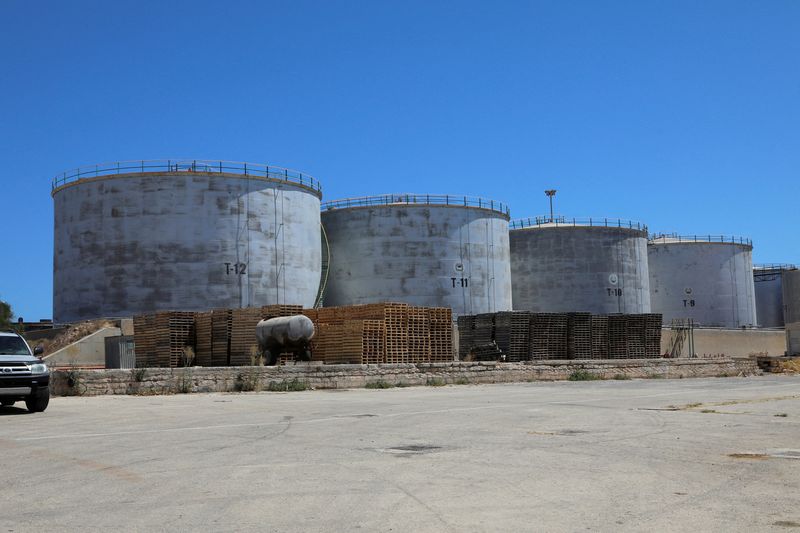By Georgina McCartney
HOUSTON (Reuters) – Oil prices settled higher on Friday but fell as the week progressed as investors weighed expectations for increased global supply against new stimulus from top oil importer China.
futures closed up 38 cents, or 0.53%, at $71.89 a barrel. U.S. West Texas Intermediate crude futures fell 51 cents, or 0.75%, to $68.18 in the early months.
On a weekly basis, Brent was down around 3%, while WTI was down around 5%.
China’s central bank cut interest rates and injected liquidity into the banking system on Friday, aiming to return economic growth to this year’s target of around 5%.
More fiscal measures are expected to be announced before the Chinese holidays starting October 1, after a meeting of top Communist Party leaders showed a greater sense of urgency over mounting economic headwinds.
“Despite aggressive Chinese stimulus, concerns about oversupply due to OPEC’s plan to cut production have lowered prices,” analysts at Aegis Hedging said in a note on Friday.
The Organization of the Petroleum Exporting Countries and its allies, together known as OPEC+, will press ahead with plans to increase production by 180,000 barrels per day every month from December, two OPEC+ sources said.
A report from the Financial Times said on Wednesday that the planned increase follows Saudi Arabia’s decision to abandon a $100 oil price target and gain market share.
Saudi Arabia has repeatedly denied targeting a specific oil price, and sources from the broader group told Reuters that plans to increase production from December do not represent a major change from existing policy.
And more barrels can be expected to hit global markets after rival factions claiming control of Libya’s Central Bank signed an agreement on Thursday to end their dispute. The row saw crude oil exports fall to 400,000 barrels per day (bpd) this month, down from more than 1 million barrels the previous month.
In the US, some operators have begun to resume operations in the Gulf of Mexico after Hurricane Helene made landfall in Florida on Thursday evening. Chevron (NYSE:) on Friday to redeploy workers and restore production on company-operated platforms.
Meanwhile, the destruction of the hurricane, considered the seventh most powerful to hit Florida, could depress fuel demand in the state, which is the third-largest consumer of gasoline in the US.
“The aftermath of the hurricane is actually bearish for demand; much of the state has been hit so hard that demand should take a hit,” said John Kilduff, partner at Again Capital in New York.
Meanwhile, U.S. consumer spending rose slightly in August, a sign that the world’s largest economy continued to gain strength in the third quarter, while inflation pressures remained steady.
“US inflation data opens the door for further Fed rate cuts,” said UBS analyst Giovanni Staunovo.
The US Federal Reserve cut interest rates by half a percentage point last week, kicking off what is expected to be a steady easing of monetary policy.

Lebanese Prime Minister Najib Mikati put a floor on prices and said Israeli attacks on Beirut’s southern suburbs on Friday showed the country “doesn’t care” about efforts to broker a ceasefire.
Rising tensions in the Middle East could pose a threat to global crude oil supplies.


